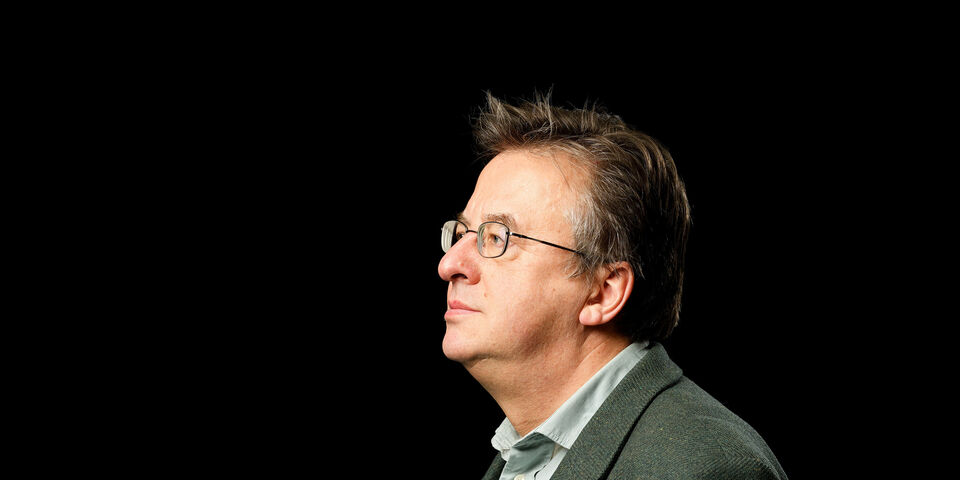Teaching on site again? Héérlijk!
Héérlijk (wonderful) was the word I uttered the other day when I bumped into a couple of Cursor’s reporters just as I was coming out of the classroom where I had been teaching all morning. I was still in a daze and glad I could share my enthusiasm about the new situation I was in: teaching on site again! After months of deprivation. Do you recognize this feeling, as either a teacher or a student?
I was indeed able to teach real three-dimensional students in the flesh and speak to them face-to-face. This involved interacting with them in a real classroom, using more than just the two senses flat-screen communication offers: seeing and hearing, but in certain critical situations only one of them. Admittedly, I did not use all my five senses. Of course, we did not touch but kept the recommended 1.5 m distance, and there was little to smell or taste in the Auditorium classroom. Yet it was a feeling of regained freedom. I felt, in a way, reborn as a teacher. And the students, who had met twice online previously, were very engaged too.
Like many of my colleagues, I’ve never experienced online teaching as something comfortable, rather as a temporary necessity that has lasted long enough. The public health situation is now slowly improving in the Netherlands, so what’s next for us in post-pandemic times? Will some hybrid system, a combination of both online and onsite teaching, working and studying, produce an ideal balance to co-create our new normal? Many more related questions, and some responses here.
A study at Canadian and Australian universities about remote working shows thatabout a third of the respondents preferred a 50-50 balance, while two-fifths wanted to do the majority of their work at home and a quarter chose the opposite. This study also indicated that academics are typically more negative about online work, while administrative and professional employees have had more positive experiences with it. Finally, women as a whole wanted slightly more remote working time than men. This means that working from home is too varied and complex to generalize, and hence global decisions cannot be imposed to all employees just like that.
Can we extrapolate the results of this study to our own TU/e? No doubt there are (cultural) differences we cannot just ignore. For example, with remote working being predominant, as it currently is, the lines between our personal and professional lives have become blurred. And as we know, the Dutch don’t like that, they prefer a clear-cut separation between these two domains. But there is also common ground between the conclusions of this study and the situation at TU/e. And there are lessons we can learn from this study. As you would expect, each home situation is different, depending on the family situation, age, gender and occupation of the members, presence or not of children, housing comfort and equipment, workload, distance between home and the campus, etc. So consultation between management and employees will be required before any decisions can be taken as to the shape of the framework and format of our new normal at home, on campus or in third spaces.
TU/e is now conducting an employee survey entitled “Work experiences and the impact of COVID-19”. We are all curious to find out about the results, which may give a first indication of what our post-pandemic lives will be like. Are you interested too? If so, watch this space!


Discussion